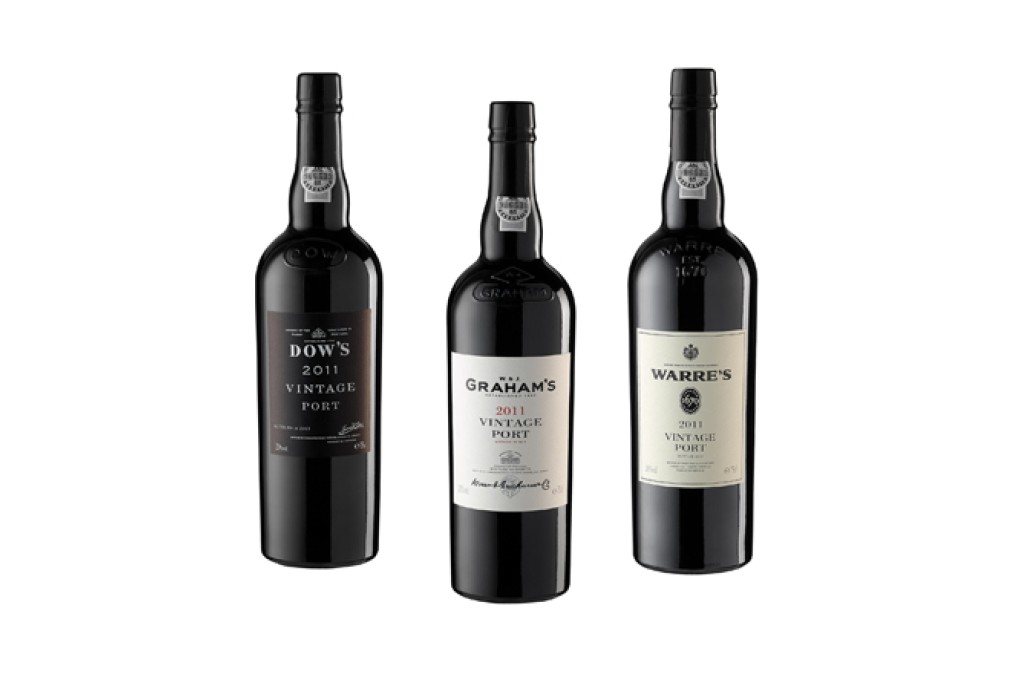Wine tasting: 2011 port is a vintage to savour
Sarah Wong

Wine critics rarely reach a general consensus. There was one recent exception. The official declaration of the 2011 port created universal excitement. Jancis Robinson wrote that "the quality of the best examples … is truly outstanding." James Suckling added that they "show a purity of fruit and superb structure of tannins and acidity. It's this sensational balance that makes them extraordinary."
Vintage ports are rare as they are only made in exceptional years. On average, only three vintages are declared each decade. In some years, decisions may not be unanimous and not all port producers will declare a vintage.
Vintage ports are great for laying down. They are made to keep and can last up to a century. Vintage ports are bottled before two years and mature and gain complexity in the bottle. In the past, the tannins in young port could be tough and unyielding. Attention to tannin extraction means the wines are softer and silkier when young.
Compared to other fine wines, vintage ports offer relatively good value for money. The key is to buy them young, when prices are lower. Older vintages are hard to come by and more expensive. 2011 is a small vintage with most of the wines selling out quickly.
Some tips on serving vintage port: they are unfiltered, which means that there will be sediment, so decant to separate the sediment from the wine. The aeration will help the wines open up and show their aromatics. Port has traditionally been served in small wine glasses. It is better to serve in a larger glass, such as one for white wine, to allow the aromas to evolve.
The other big question is when to drink the port. Port is commonly served at the end of the meal with dessert such as chocolate or cheese. However, there are no hard and fast rules. You can drink your port with rich, meat-based dishes, or braised Shanghainese dishes.
